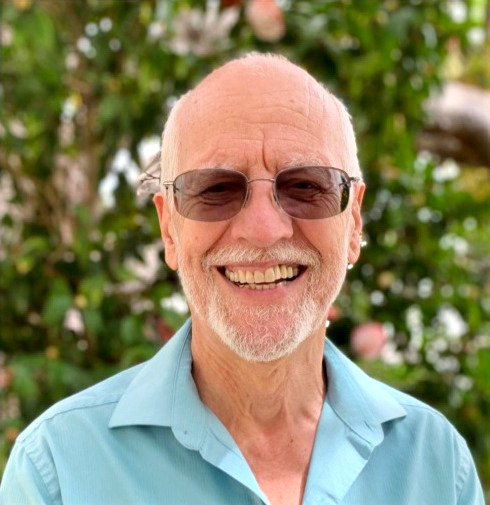- Connard Hogan

- Jun 5, 2023
- 2 min read
Bottom line: Publishing a book is as difficult as writing one ... marketing it even worse.

I'm holding the original paperback proof copy (galley) of my second published memoir, Barbwire, Brothels and Bombs in the Night: Surviving Vietnam.
My second published memoir, you ask? Yes, and since memories are only "a slice of life,"an author can have more than one!
As was, and still is, true of my first book, there is a load of marketing to be done in order to provide my book the best opportunity to thrive. If you considered writing a book to be one-third of the work, publishing it would be one-third of the work and marketing would be two-thirds of the work! Competition for attention and reader's time are the big hurdles. According to the website Zippia.com, four million books were published in 2022 alone.
My memoirs official launch celebration will occur Thursday, June 8 at 4PM PT via Zoom. Though free, registration is required to attend. You can do that quickly and easily here: https://tinyurl.com/bdd6w6bk.
Rachel S. Thurston, branding coach and marketing consultant (among a number of other talents) at State of Sparkle will interview me, and I'll read excerpts. A Q&A will follow.
As was also true regarding my first book, I'm deeply touched by the wonderful book blurbs I received. Here's an excerpt from Elizabeth Ridley, author, Searching for Celia: "... marks an important and incisive addition to the literature and legacy of the war in Vietnam. In his searing (but ultimately inspiring) memoir, Hogan, who was drafted at age 20, mines his own experience as an Intelligence Analyst to shine a bright light on the dark currents of toxic masculinity, generational trauma, addiction and PTSD that combined to make the conflict in Vietnam America’s most unpopular war, a war from which many never came home, and many more have yet to recover."
Your support in spreading the news about my book, and any other efforts to increase public awareness, would be greatly appreciated.
Walk in beauty.
Photo Credit: Paul McCaffrey





